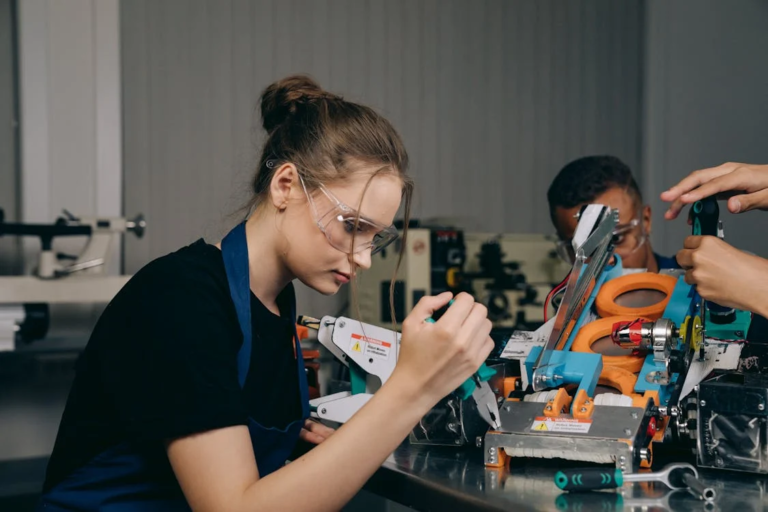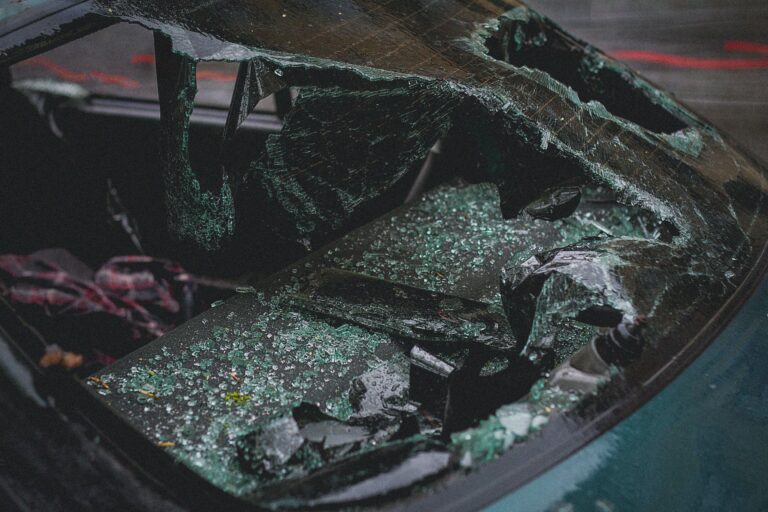Unlocking Hidden Views: The Power Of Borescope Cameras In Industrial Inspection
Visualizing and inspecting hard-to-reach regions is vital for a variety of tasks, including maintaining key infrastructure, detecting equipment faults, and evaluating industrial processes. This is where borescope cameras emerge as indispensable tools, offering a unique perspective that traditional inspection methods often cannot provide.
At its core, a borescope camera is a slender, flexible, or rigid optical instrument equipped with a miniature camera at one end and a viewing screen or digital interface at the other. This design allows inspectors to insert the camera into narrow or inaccessible spaces while remotely viewing live video footage of the area being inspected. Borescope cameras come in various sizes, diameters, lengths, and resolutions, making them versatile tools for a wide range of industrial applications.
Applications Across Industries
The versatility of borescope cameras makes them invaluable in numerous industries, including aviation, automotive, manufacturing, energy, construction, and more. Let’s explore some critical applications where borescope cameras excel:
- Aviation Maintenance And Inspection:
Within the aviation industry, borescope cameras are used to inspect aircraft engines, turbines, and other critical components without the need for disassembly. This non-destructive testing method helps identify defects, wear, and foreign object damage, ensuring the safety and reliability of aircraft.
- Automotive Diagnostics:
In automotive maintenance and repair, borescope cameras allow technicians to examine engine cylinders, valves, and other internal components for signs of damage, leaks, or contamination. By taking this proactive step, you may avoid expensive repairs and make sure your engine runs smoothly.
- Manufacturing Quality Control:
Borescope cameras play a vital role in manufacturing quality control by inspecting welds, castings, machined parts, and other components for defects, surface finish, and dimensional accuracy. By identifying issues early in the production process, manufacturers can maintain high standards and minimize waste.
- Energy Sector Inspections:
In the energy sector, borescope cameras are used to inspect pipelines, boilers, heat exchangers, and other equipment in power plants, refineries, and offshore platforms. By assessing the condition of critical infrastructure, operators can prevent leaks, corrosion, and unplanned downtime, ensuring operational safety and efficiency.
- Building And Infrastructure Inspection:
Borescope cameras are employed in construction and building maintenance to inspect plumbing, HVAC systems, ductwork, and structural components. Detecting leaks, blockages, or structural defects early can prevent costly repairs and ensure occupant safety.
Advantages Of Borescope Cameras
Utilizing the latest advancements in technology, inspectors can now conduct comprehensive assessments of confined spaces with precision and efficiency, thanks to the integration of inspection cameras. The use of borescope cameras offers several distinct advantages over traditional inspection methods:
- Access To Confined Spaces:
Borescope cameras can reach areas that are too small, narrow, or hazardous for human inspectors to access safely. Whether it’s inside machinery, behind walls, or beneath floors, these cameras provide a visual presence that human eyes cannot reach.
- Non-Destructive Testing:
Unlike invasive inspection methods that require disassembly or destruction of components, borescope cameras enable non-destructive testing, preserving the integrity of the inspected objects while providing valuable insights into their condition.
- Real-Time Visualization:
With live video feed capabilities, borescope cameras provide real-time visualization of the inspection area, allowing inspectors to assess conditions, identify anomalies, and make informed decisions on the spot.
- Cost And Time Savings:
By reducing the need for disassembly, minimizing downtime, and preventing unplanned maintenance, borescope inspections can result in significant cost and time savings for industrial operations.
- Documentation And Reporting:
For the sake of documentation and reporting, inspectors can take pictures and videos of the inspection process using the recording capabilities of their borescope cameras. You can find crucial proof for audits, quality control, and compliance in these documents.
Future Trends And Innovations
As technology continues to advance, borescope cameras are evolving to meet the changing needs of industrial inspection. Some notable trends and innovations include:
- Wireless Connectivity:
Wireless borescope cameras enable greater flexibility and mobility during inspections, allowing inspectors to transmit images and data to remote devices for analysis and collaboration.
- Enhanced Imaging Capabilities:
Advancements in camera resolution, image processing, and sensor technology are leading to sharper, more explicit images, improving the accuracy and reliability of inspections.
- Integration With Augmented Reality (AR) And Artificial Intelligence (AI):
The integration of borescope cameras with AR and AI technologies enhances inspection capabilities by providing real-time overlays, automated defect detection, and predictive maintenance insights.
Conclusion
Borescope cameras have revolutionized industrial inspection by providing access to hidden views and enabling thorough examinations of hard-to-reach areas. From aviation maintenance to automotive diagnostics and manufacturing quality control to energy sector inspections, the applications of borescope cameras are vast and diverse. With their ability to deliver real-time visualization, non-destructive testing, and cost-effective solutions, borescope cameras will continue to play a crucial role in ensuring the safety, reliability, and efficiency of industrial operations. We may anticipate that borescope cameras will continue to see advancements in capability and efficacy in industrial inspection as technology progresses.



